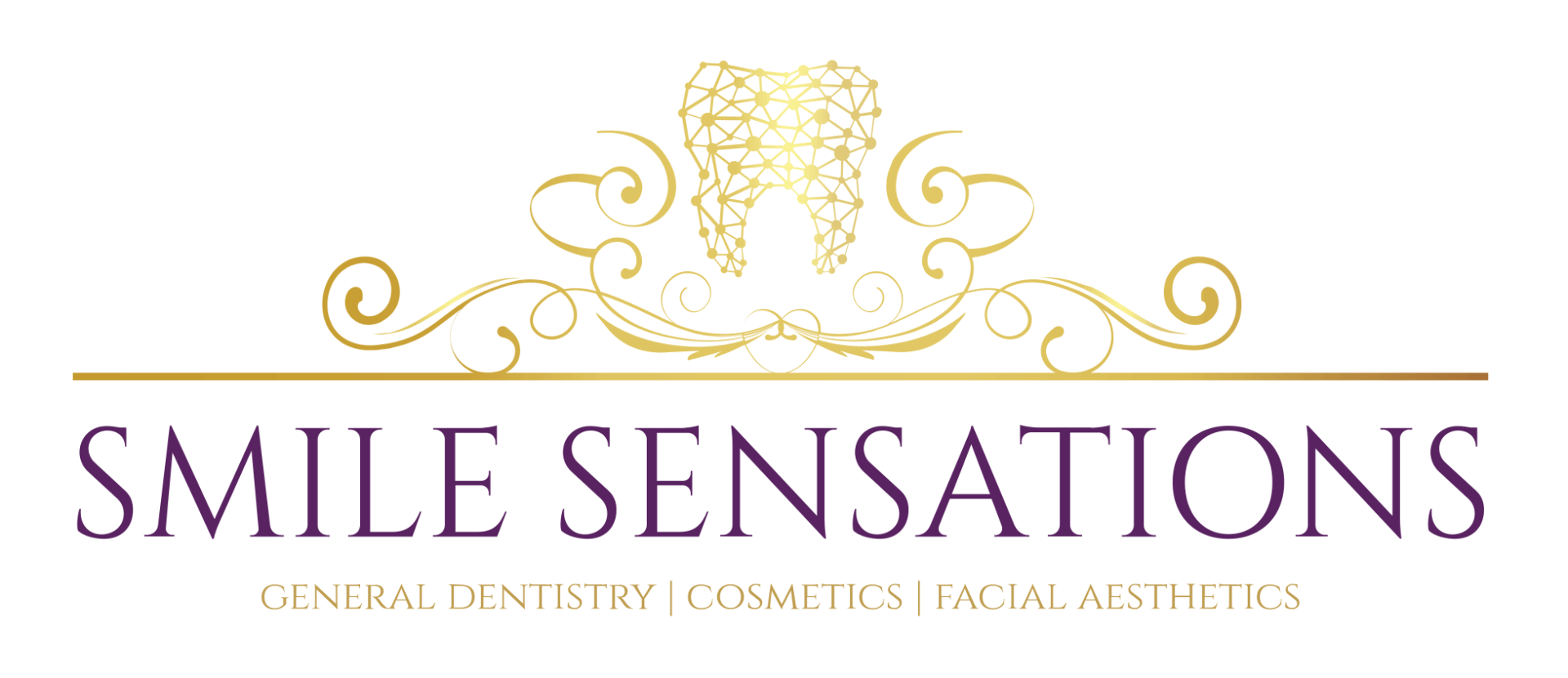We checked this service was likely to be safe, effective, caring, responsive and well-led during registration.
HYGIENE & PERIODONTICS
Dental Hygiene and Treating Gum Disease in Sidcup
Periodontics and dental hygiene are closely linked: whereas periodontics is the area of dentistry concerned with treating gum disease, dental hygiene is all about preventing it from happening in the first place. At Smile Sensations, we advise patients to combine a good cleaning regime at home with regular check-ups at the dentist and visits to the hygienist for a scale and polish. Follow this advice and you may never have to experience the discomfort, inconvenience and costs associated with treating advanced periodontal disease.
Gum disease – why prevention pays
Many people associate gum disease with old age – not for nothing is the phrase ‘long in the tooth’ so commonly used. But gum disease actually starts young and progresses very slowly – so it can be easy to ignore the signs and symptoms. If you fail to visit the dentist and hygienist regularly and neglect your oral hygiene at home, you can live with gum disease for decades – until the moment when your teeth start falling out, and visiting the dentist becomes an expensive, and time-consuming, necessity.
But it doesn’t have to be this way! Gum disease in its early stages is completely reversible with a good routine of regular brushing, flossing and mouthwash - alongside regular check-ups with your dentist and scale-and-polish treatments with the hygienist at Smile Sensations. It’s that simple!
It’s been proven that good oral health mitigates against a host of conditions associated with age and lifestyle – from Type 2 diabetes to heart disease, high cholesterol, stroke and some cancers. Looking after your teeth and gums means you’re looking after your future – your body, your wellbeing and your quality of life will all benefit. (Your future bank balance will thank you for it too!)






